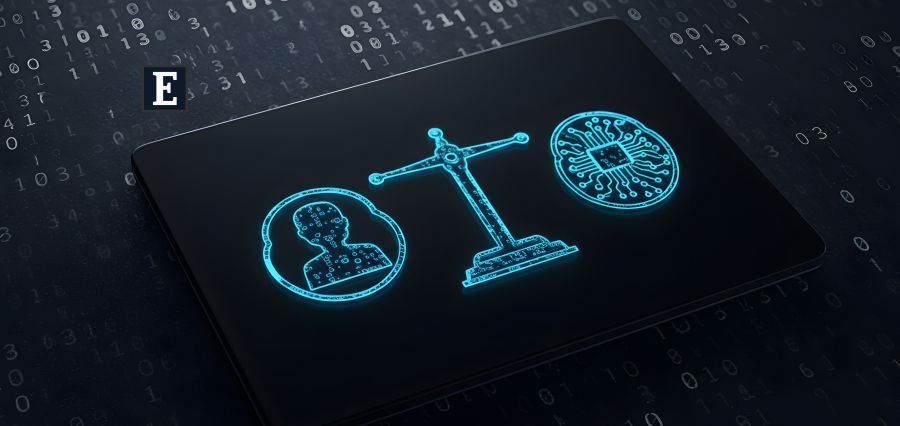In an age where data drives everything, from business operations to personal interactions, cybersecurity has become one of the world’s most critical concerns. Each click, transaction, or connection has a digital footprint that might be misused by cybercriminals. The traditional defense systems are no longer sufficient, considering the increasingly smarter and sophisticated cyber threats. This is where Artificial Intelligence (AI) and Machine Learning (ML) help. Together, they are changing cyber threat detection by bringing speed, accuracy, and adaptability to security systems.
A Smarter Approach to Security
Traditional cybersecurity tools work based on fixed rules and known threats. They can only spot attacks that have happened before. But modern hackers constantly develop new methods that easily bypass these defenses.
The use of AI and Machine Learning in Cybersecurity presents a preventative approach to dealing with threats. By analyzing huge amounts of data, these technologies detect irregularities, predict risks, and take action before attacks cause serious damage. This has turned cybersecurity into a proactive approach, instead of purely reactive.
How AI and Machine Learning Improve Detection
The major strength of AI and Machine Learning in Cybersecurity is their capability to recognize threats that are both known and unknown. The AI-driven systems analyze massive volumes of email and network activity and logs to discover suspicious patterns unseen by the human eye.
Machine learning enables systems to learn from experience. Eventually, they sharpen their skill to detect real threats and eliminate false alarms. For instance, if an employee unexpectedly logs in remotely or downloads large files late at night, the system automatically notifies security teams or isolates the device until verified.
Turning Data into Protection
Data is the foundation of every modern cybersecurity strategy. AI and Machine Learning in Cybersecurity analyze massive datasets to find small signs of trouble. Suppose a company experiences a sudden surge in network traffic from an unknown source. This is quickly detected by the system as abnormal and alerts the team before any harm is done.
With increasing data, the system improves at discriminating between normal and dangerous activity. This lifelong learning ensures that detection is quicker and more accurate, and the human analysts do not have to be involved in repetitive work.
Predictive and Preventive Defense
One of the most valuable advantages of AI and Machine Learning in Cybersecurity is their predictive capability. By studying trends from previous incidents, these technologies can forecast where new attacks might occur. They help organizations fix weak points, update systems, and improve defenses in advance.
This ability to anticipate attacks turns cybersecurity into a proactive shield, giving organizations time to prepare rather than respond after damage occurs.
Automation and Rapid Response
Speed is crucial in digital security. While traditional systems can take hours to find a problem, AI-powered automated systems act within seconds. They can automatically block harmful IP addresses, close hacked accounts, or isolate infected files immediately.
This automation is time-saving and loss-minimizing. Meanwhile, AI-generated insights help the analysts recognize the patterns of attack and how to react more decisively in the future.
Challenges and the Way Forward
Despite the promise, challenges remain. The effectiveness of AI and Machine Learning in Cybersecurity is determined by the quality of data that they process. Poor or biased data can result in false positives or threats going undetected. Furthermore, the decision-making process of AI systems is not always transparent, which is a concern regarding accountability.
To overcome these issues, organizations must ensure their AI tools are regularly updated, audited, and trained with diverse datasets. The presence of human beings in the control of the process remains essential since technology can never substitute the expertise of human beings.
Conclusion
Machine learning and AI are transforming cyber threat detection by developing more adaptable and smarter, and faster security systems. They process huge volumes of data in seconds, anticipate attacks prior to their happening, and automatically respond to them within seconds. Even though there are still issues with transparency and data quality, their overall influence is undeniable.
In today’s digital world, where security is a must, AI and machine learning bring hope for a future where technology not only helps us move forward but also keeps us safe. By combining human smarts with machine accuracy, organizations worldwide are changing cybersecurity from just reacting to attacks to actively protecting against them.

